
It’s the time of year when we’re firing up the grill, doing more backyard entertaining, and wanting to eat fresher. Yet we don’t want to spend a lot of time in the kitchen. So here’s an easy-as-can-be salad that starts with a few freezer favorites that cut down on prep, and promises to deliver lots of oohs and aahs.
- 1 (19-ounce) package frozen cheese tortellini, cooked according to package directions
- 2 cups frozen chopped broccoli, thawed and dried well
- 2 cups frozen cauliflower florets, thawed and dried well
- 1/2 cup frozen peas, thawed
- 2 cups frozen cooked diced chicken, thawed
- 1 cup cherry tomatoes, cut in half
- 3/4 cup (4 ounces) cheddar cheese chunks
- 1/2 cup black olives, drained well
- 3/4 cup plain Greek yogurt
- 1/2 cup mayonnaise
- 1/2 teaspoon onion powder
- 1/2 teaspoon salt
- 1/4 teaspoon black pepper
- In a large bowl, combine tortellini, broccoli, cauliflower, peas, chicken, tomatoes, cheese, and olives.
- In a medium bowl, combine yogurt, mayonnaise, onion powder, salt, and pepper; mix well. Pour mixture over vegetables and toss until evenly coated. Cover and chill until ready to use.

1980 – Tony Romo, American football player
Each year on April 21st, National Kindergarten Day honors the birthday of the man who started the first Kindergarten. Friedrich Wilhelm August Fröbel (April 21, 1782 – June 21, 1852) is credited with starting the very first Kindergarten in Germany in 1837. Frobel was a German teacher and a student of Johann Pestalozzi. Frobel laid a foundation for modern education, recognizing that children learn through play and experience.
The first kindergarten (which means garden for the children) was developed in Blankenburg, Germany, in 1837. The kindergarten fostered Frobel’s social experience for children. It also allowed them to smoothly transition from home to school.
Eventually, the Prussian government banned Frobel’s unorthodox methods. However, the rest of the world was eager to accept Frobel’s idea of kindergarten, including the United States.
In 1856, Watertown, Wisconsin, opened the first kindergarten in the United States. Founded by Margarethe Schurz, this kindergarten was a German-language class, as were many in this region. Kindergarten found its way into private English-speaking institutions across the country. However, it wasn’t until 1873 that it became part of any public school system.
National Kindergarten Day offers an opportunity to thank a kindergarten teacher you know. There are several ways to celebrate the day, too!
HOW TO OBSERVE
- Recognize an outstanding kindergarten teacher.
- Explore a career in elementary education, specifically as a kindergarten teacher.
- Learn more about elementary education.
- Donate to a teacher’s supply fund.
-
- Share your experiences as a kindergarten teacher.
- Invite families to see how today’s students learn.
- Spend a day in a classroom.
NATIONAL KINDERGARTEN DAY HISTORY
National Kindergarten Day honors the day Friedrich Wilhelm August Fröbel was born on April 21, 1782. However, we were unable to identify the founder of National Kindergarten Day.
Kindergarten FAQ
Q. Do kindergarten classes run half days or full days?
A. Most kindergarten classes today operate full days five days per week. However, in the past, the programs ran half days.
Q. How old are children when they begin kindergarten?
A. Most children begin kindergarten the year they turn five. However, children who are born later in the year often wait until the following year to begin. Schools provide parents with age guidelines.










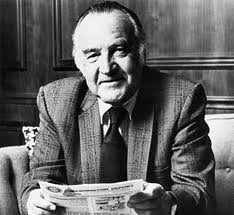

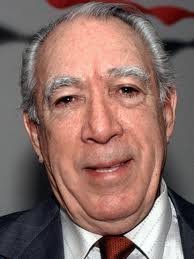
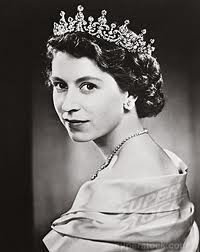
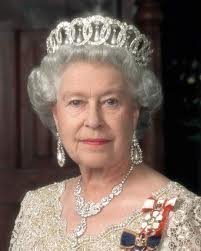
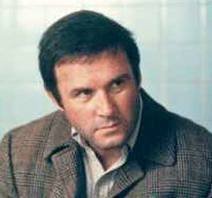
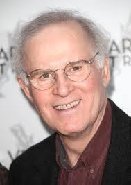
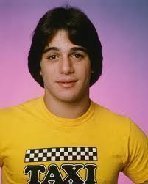



No comments:
Post a Comment